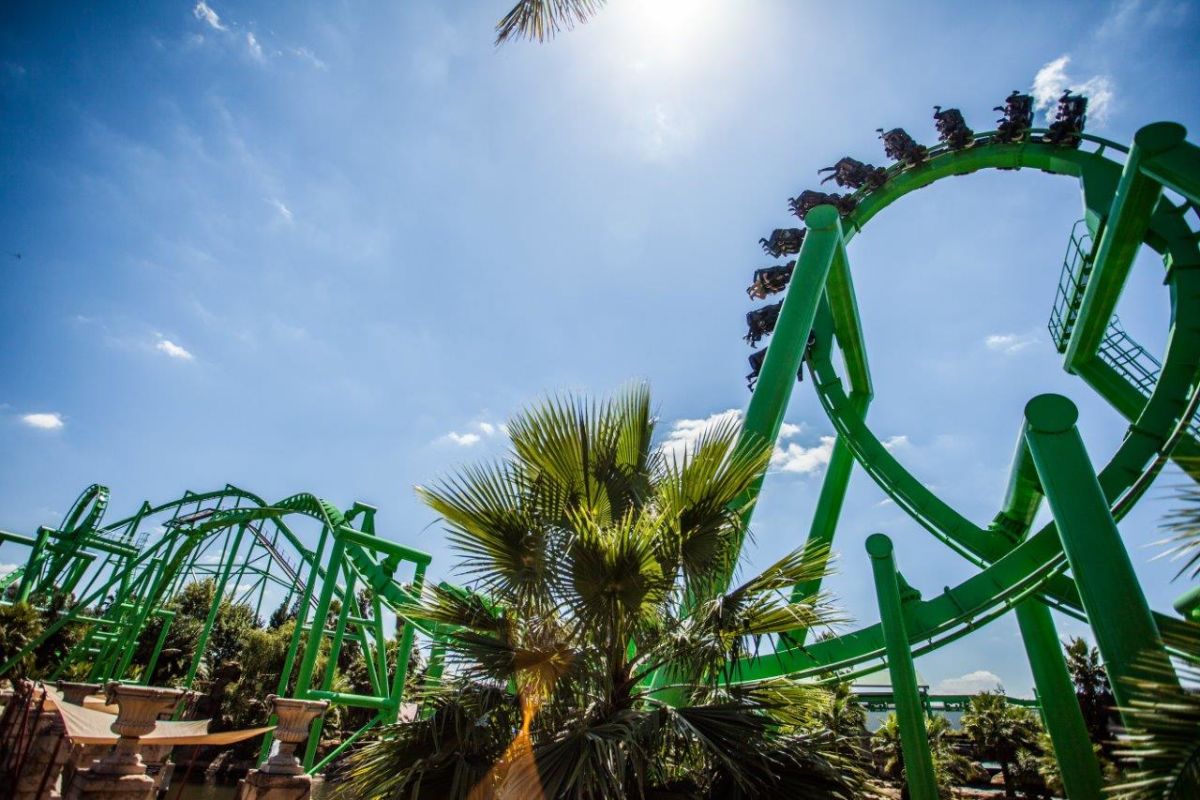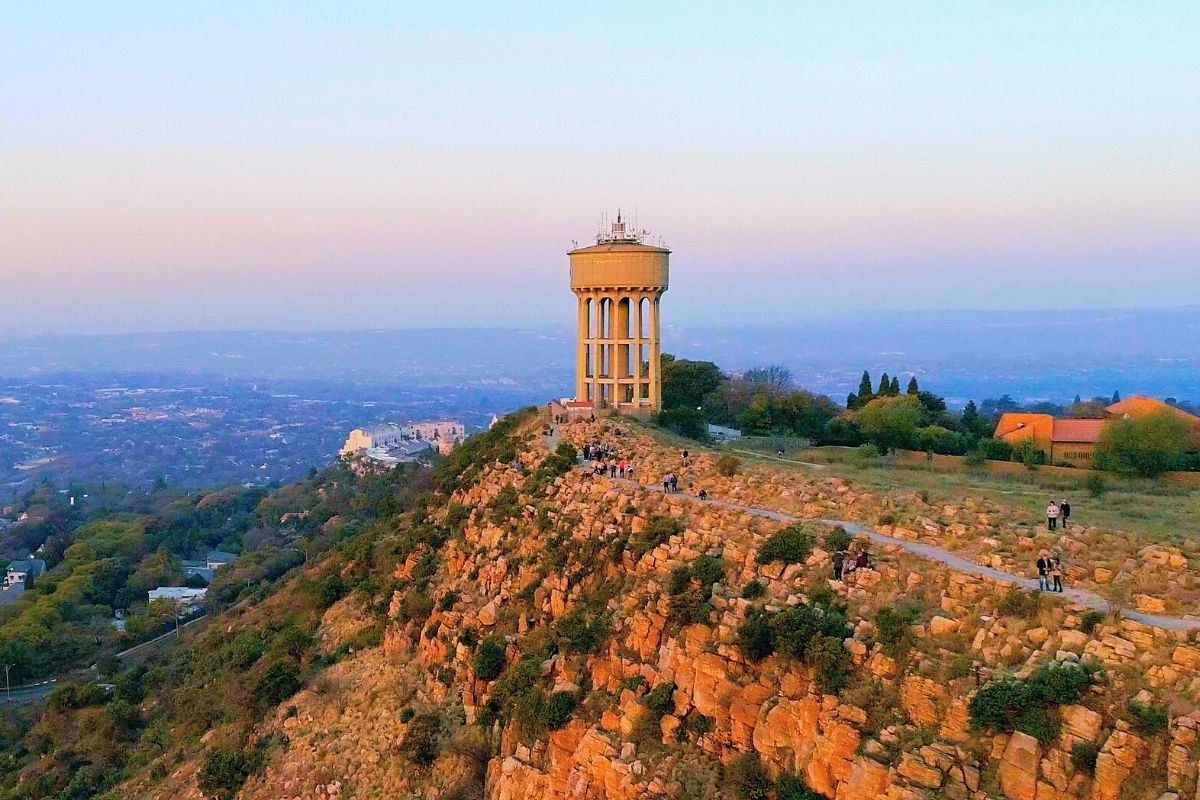Johannesburg North Attractions Fundamentals Explained
Johannesburg North Attractions Fundamentals Explained
Blog Article
Getting My Johannesburg North Attractions To Work
Table of ContentsAbout Johannesburg North AttractionsJohannesburg North Attractions Things To Know Before You BuyThe smart Trick of Johannesburg North Attractions That Nobody is DiscussingGet This Report about Johannesburg North AttractionsThe smart Trick of Johannesburg North Attractions That Nobody is Talking AboutThe smart Trick of Johannesburg North Attractions That Nobody is Talking AboutThe Best Guide To Johannesburg North Attractions
You should keep safety in mind and vacationers should continue to be alert at all times when in unfamiliar surroundings. Talk with the citizens when you are in town to learn about the area you are remaining in. Johannesburg North attractions. When on the street (this doesn't use to mall and various other secure settings) finest general suggestions is to attempt your best to appear like a neighborhood and to avoid displaying any kind of type of wealth
The 5-Minute Rule for Johannesburg North Attractions
Teacher Revil Mason O. J. (Thomson, 1946) discovered the Witwatersrand's pre-colonial background. His archaeological job took off the 'em pty land' misconception, according to which the region was without human habitation prior to the arrival of European inhabitants. In his publications Prehistory of the Transvaal: A Record of Human Task (1962) and Origins of Black Individuals of Johannesburg and the Southern Western Central Transvaal Advertisement 3501880 (1986 ), Professor Mason demonstrated the degree of social and economic development in the area prior to Europeans set foot here.

What Does Johannesburg North Attractions Do?
In 1878, David Wardrop found gold in quartz veins at Zwartkop, north of Krugersdorp. In 1881, Stephanus Minnaar came across gold on the farm Kromdraai, near the Cradle of Humankind.
In March 1886, a protrusion (quickly to be called the Key Coral reef) was located, fairly luckily, on Gerhardus Oosthuizen's ranch Langlaagte. Some say that the Lancastrian coal miner George Walker discovered this coral reef. An additional travelling English miner, George Harrison (who had actually formerly worked in Australian mines) acquired a prospecting licence in respect of Langlaagte in Might 1886.
He decided to go on in a quest for greener pastures, and disposed of his Langlaagte insurance claim for the baronial sum of 10. Alas: underneath lay the wealthiest goldfield ever found. The official website exploration of this abundant auriferous coral reef prompted a gold thrill that signalled the end of agrarian serenity in the southerly Transvaal.
It would, within six years, you can try this out come to be the largest community in southerly Africa. Within a decade, it would certainly make the Z. A. R. until after that an anarchical and bankrupt little state the most affluent country in Africa. By the millenium, the Z. A. R. was to surpass Russia, Australia and the United States of America to come to be the globe's leading gold producer, creating even more than a quarter of the world's gold.
How Johannesburg North Attractions can Save You Time, Stress, and Money.
It was referred to as Ferreira's Camp, named after Colonel Ignatius Ferreira. He was a Boer adventurer upon whom the British authorities had bestowed the status of Companion of the A Lot Of Identified Order of St Michael and St George (qualifying him to the post-nominal letters C. M. G.) in gratefulness for his function in the war that had actually deposed the Pedi king Sekhukhune in 1879.
Quickly the camp was including tents and wagons as novices showed up daily from much and wide. By September 1886, some 400 people lived in Ferreira's Camp, which soon boasted prefabricated iron and lumber structures. 2 other camps were established: Meyer's Camp on the farm Doornfontein, and Paarl Camp. The latter was nicknamed Afrikander Camp; many individuals from the Cape Colony settled there.

More About Johannesburg North Attractions
This name acquired currency by word of mouth, such that the State Assistant attested the name to the Mining Commissioner on 9 October 1886. Stands in the village were auctioned on 8 December 1886. While some stands were offered for 10, others were torn down for as low as sixpence.
2 years later, these erven were to transform hands for as high as 750 each. The tented camps diminished as a dorp of corrugated iron structures developed and broadened north of the mines located along the Main Coral Reef Roadway. Locations such as Jeppe's Town (where working-class immigrants erected their houses) and Doornfontein (where the wealthy brand-new 'Randlords' began to build their extravagant homes) were quickly visit homepage included in the ever-expanding map of the town.
See This Report on Johannesburg North Attractions
Besides the road names, there were no indications of Johannesburg being located in a Dutch-speaking nation. Several years later on, C. W. Kearns O. J. (among the very first children registered at St John's College in 1898) would certainly recall: 'An unusual reality concerning Johannesburg was that, although it remained in the [Boer Republic], almost everybody spoke English and even the Government servants addressed one in English, unless they were first attended to in the Taal (or Low Dutch)'.
Britain had an interest in making sure optimal conditions for gold manufacturing on the Witwatersrand, and that the gold was exported to London instead than Berlin a vital provided all the more clamant by the Z. A. R.'s enhancing toenadering with Germany. Mine owners were on an accident course with President Kruger, whose policy of monopolistic giving ins (usually granted to his cronies) avoided mining firms from acquiring products of materials (specifically dynamite) and work by themselves, less expensive terms
Not known Factual Statements About Johannesburg North Attractions
In 1890, the Volksraad had restricted the franchise to white men that had actually lived in the Z. A. R. for fourteen years or longer, thus disqualifying most of the immigrants (who took place to be the major factors to the fiscus). Frustration for the vote was a simple pretense for advertising a various program; a lot of uitlanders concerned themselves as short-lived site visitors and had no intent of staying in the Z.
Report this page